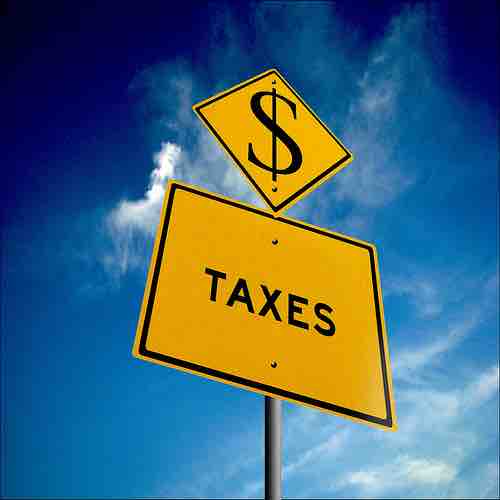Tax considerations have a major effect on the way a company determines its capital structure and deals with its costs of capital .

Taxes
A company's decision makers must take taxes into consideration when determining a firm's capital structure.
Miller and Modigliani assume that in a perfect market, firms will borrow at the same interest rate as individuals, there are no taxes, and that investment decisions are not changed by financing decisions. This leads to a conclusion that capital structure should not affect value.
When the theory is extended to include taxes and risky debt, things change. Under a classical tax system, the tax deductibility of interest makes debt financing valuable; that is, the cost of capital decreases as the proportion of debt in the capital structure increases. The optimal structure then, would be to have virtually no equity at all.
However, we see that in real world markets capital structure does affect firm value. Therefore, we see that imperfections exist; often a firm's optimal structure does not involve having one hundred percent leveraging and no equity whatsoever. There is much debate over how changing corporate tax rates would affect debt usage in capital structure. In general, since dividend payments are not tax deductible, but interest payments are, one would think that, theoretically, higher corporate tax rates would call for an increase in usage of debt to finance capital, relative to usage of equity issuance. However, since many things fall into tax applicability, including firm location and size, this is a generality at best.
There are also different kinds of debt that can be used, and they may have different deductibility and tax implications. That is why, while many believe that taxes don't really affect the amount of debt used, they actually do. In the end, different tax considerations and implications will affect the costs of debt and equity, and how they are used, relative to each other, in financing the capital of a company.